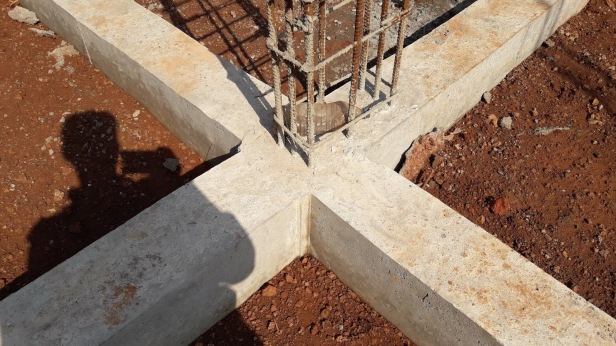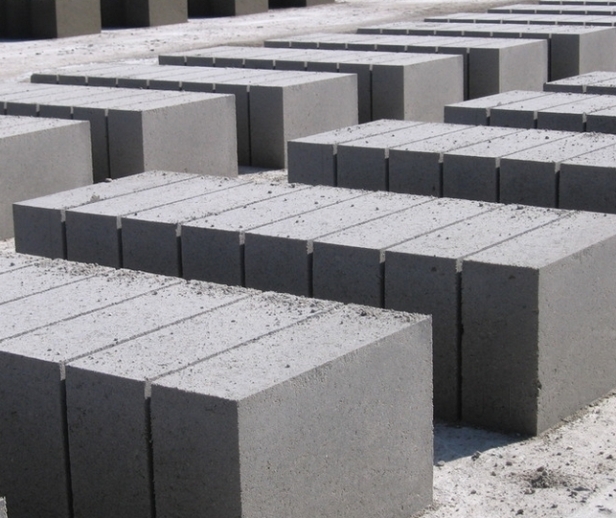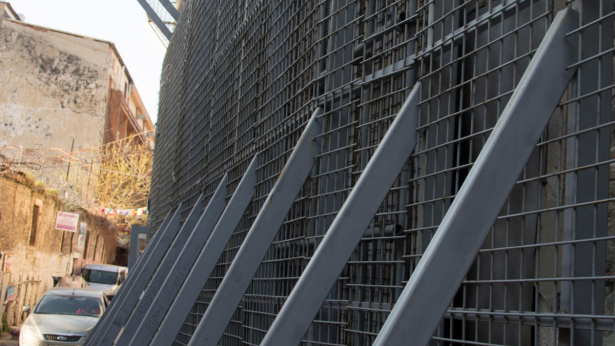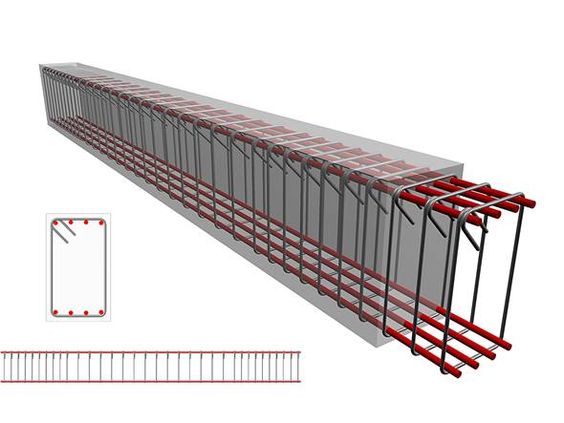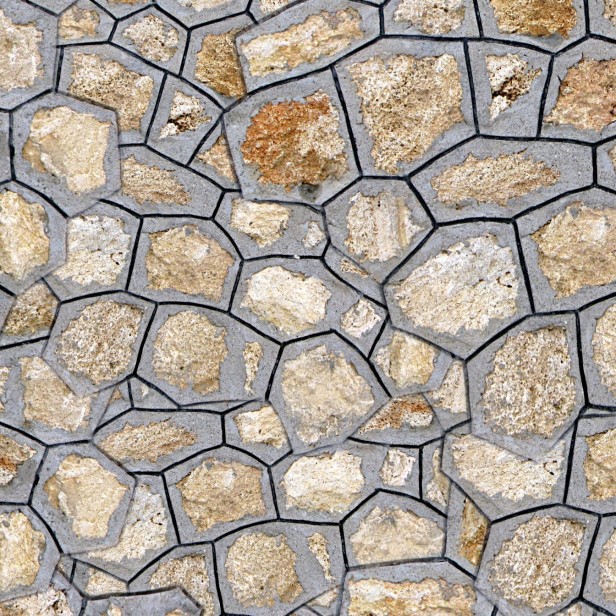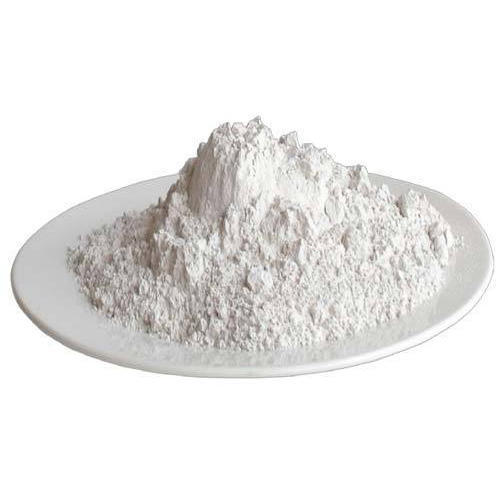What is a Pavement?
Pavement is a structure designed to allow trafficking, usually of wheeled vehicles. Most pavements are roads, but airfields, industrial hard standing, cycle tracks, etc. are all included.
Function of a Pavement
The primary function of a pavement is to distribute the applied vehicle loads to the subgrade.
Pavement Structure and its Components
Pavement structure is a combination of
- Sub-base course
- Base course
- and Surface course

These components are placed on a subgrade to support the traffic load and distribute it to the roadbed soil.
Sub-base course
The layer (or) layers of specified or selected material designed thickness placed on a subgrade to support a base course or a surface course.
Base course
The layer (or) layers of specified or selected material designed thickness placed on a sub base to support a surface course.
Surface course
The surface course is the layer in contact with traffic loads and normally contains the highest quality materials. It provides characteristics such as friction, smoothness, noise control, rut, and shoving resistance and drainage.
Types of pavement
- Flexible pavement
- Rigid pavement
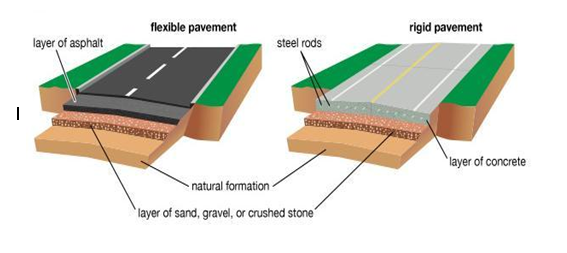
1. Flexible pavement
The flexible pavement layers transmit the vertical or compressive stresses to the lower layers by grain transfer through contact points of granular structure.
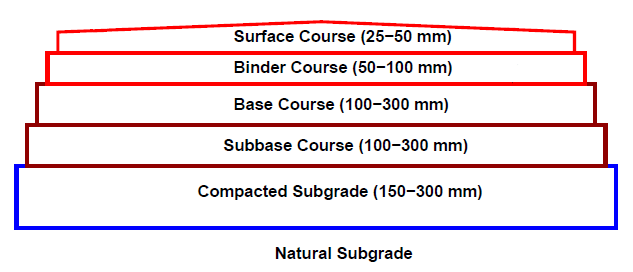
The vertical compressive stress is maximum on the pavement surface directly under the wheel load and is equal to contact pressure under the wheels. Due to the ability to distribute the stress to large areas in the shape of a truncated cone, the stresses get decreased in the lower layer.
As such the flexible pavement may be constructed in a number of layers and the top layer has to be strongest as the highest compressive stresses. also, to wear and tear, the lower layer has to take up the only lesser magnitude of stress as there is no direct wearing action due to traffic loads, therefore inferior material with a lower cast can be used in the lower layers.
Types of flexible pavement
The following types of construction have been used in flexible pavement.
- Conventional layered flexible pavement
- Full-depth asphalt pavement
- Contained rock asphalt mat (CRAM)
Conventional Layered Flexible Pavement
Conventional layered flexible pavement is a layered system with high-quality expensive material that are placed in the top where stresses are high, and low-quality cheap materials are placed in lower layers.
Full-depth Asphalt Pavement
Full-depth Asphalt Pavement is constructed by placing bituminous layers directly on the soil subgrade. This is more suitable when there is high traffic and local materials are not available.
Contained Rock Asphalt Mat
Contained Rock Asphalt Mat is constructed by placing dense, open-graded aggregate layers in between two asphalt layers. Modified dense-graded asphalt concrete placed above the subgrade will significantly reduce the vertical compressive strain on soil subgrade and protect from surface water.
Common Deformation of Flexible Pavement
Following are some of the types of deformation in Flexible Pavement
Longitudinal cracking, fatigue, transverse, reflective, block, edge, corrugation, shoving, depression, overlay bumps, Delamination, potholes, patching, raveling, stripping, polished aggregate, pumping, Segregation, checking, bleeding, Rock loss, segregation, bleeding/fat spots, Delamination.
2. Rigid pavement
Rigid pavement has sufficient flexural strength to transmit the wheel load stresses to a wider area below. A typical cross-section of the rigid pavement is shown below. Compared to the flexible pavement, rigid pavement is placed either directly on the prepared subgrade or a single layer of material between the concrete and the subgrade, this layer can be called a base or sub-base course.

Types of rigid pavement
Rigid pavement can be classified into four types
- Jointed Plain Concrete Pavement (JPCP)
- Jointed Reinforced Concrete Pavement (JRCP)
- Continuous Reinforced Concrete Pavement (CRCP)
Jointed Plain Concrete Pavement
Jointed plain concrete pavement is a plain cement concrete pavement constructed with closely spaced construction joints. Dowel bars or aggregate interlocks are normally used for load transfer across joints. They normally have a joint spacing of 5 to 10m.
Jointed Reinforced Concrete Pavement
Although reinforcement does not improve the structural capacity significantly, they can drastically increase the joint spacing from 10m to 30 m. Dowel bars are required for load transfer. Reinforcements help to keep the slab together even after crack.
Continuous Reinforced Concrete Pavement
Continuous reinforced concrete pavement is the complete elimination of joints and is achieved by reinforcement.
Common Deformation of Rigid Pavement
Cracks in rigid pavements often result from stresses caused by expansion and contraction or warping of the pavement. Overloading, loss of subgrade support, and insufficient and/or improperly cut joints acting singly or in combination are also possible causes.
Difference between Flexible and Rigid Pavement
| Flexible Pavement | Rigid Pavement |
| 1. It consists of a series of layers with the highest quality material at or near the surface of the pavement. | 1. It consists of one layer Portland cement concrete slab or relatively high flexural strength. |
| 2. It reflects the deformation of subgrade and subsequent layers on the surface. | 2. It can bridge over localized failures and areas of inadequate support. |
| 3. Its stability depends upon the aggregate interlocks, particle friction, and cohesion. | 3. Its structural strength is provided by the pavement slab itself by its beam action. |
| 4. Pavement design is greatly influenced by the subgrade strength. | 4. Flexural strength of concrete is a major factor for design. |
| 5. Insufficient by a way of load distribution through the component layers. | 5. It distributes the load over a wide area of subgrade because of its rigidity and high modulus of elasticity. |
| 6. Temperature variations due to change in atmospheric conditions do not produce stresses in flexible pavements. | 6. Temperature changes induce heavy stresses in the rigid pavement. |
| 7. Flexible pavements have self-healing properties due to heavier wheel loads that are recoverable to some extent. | 7. Any excessive deformation occurring due to heavier wheel loads are not recoverable, |
Thank you for reading our article on pavements and their types. We at Civil Synergy believe that we provided value to you.
Please check out other recently published articles below:

